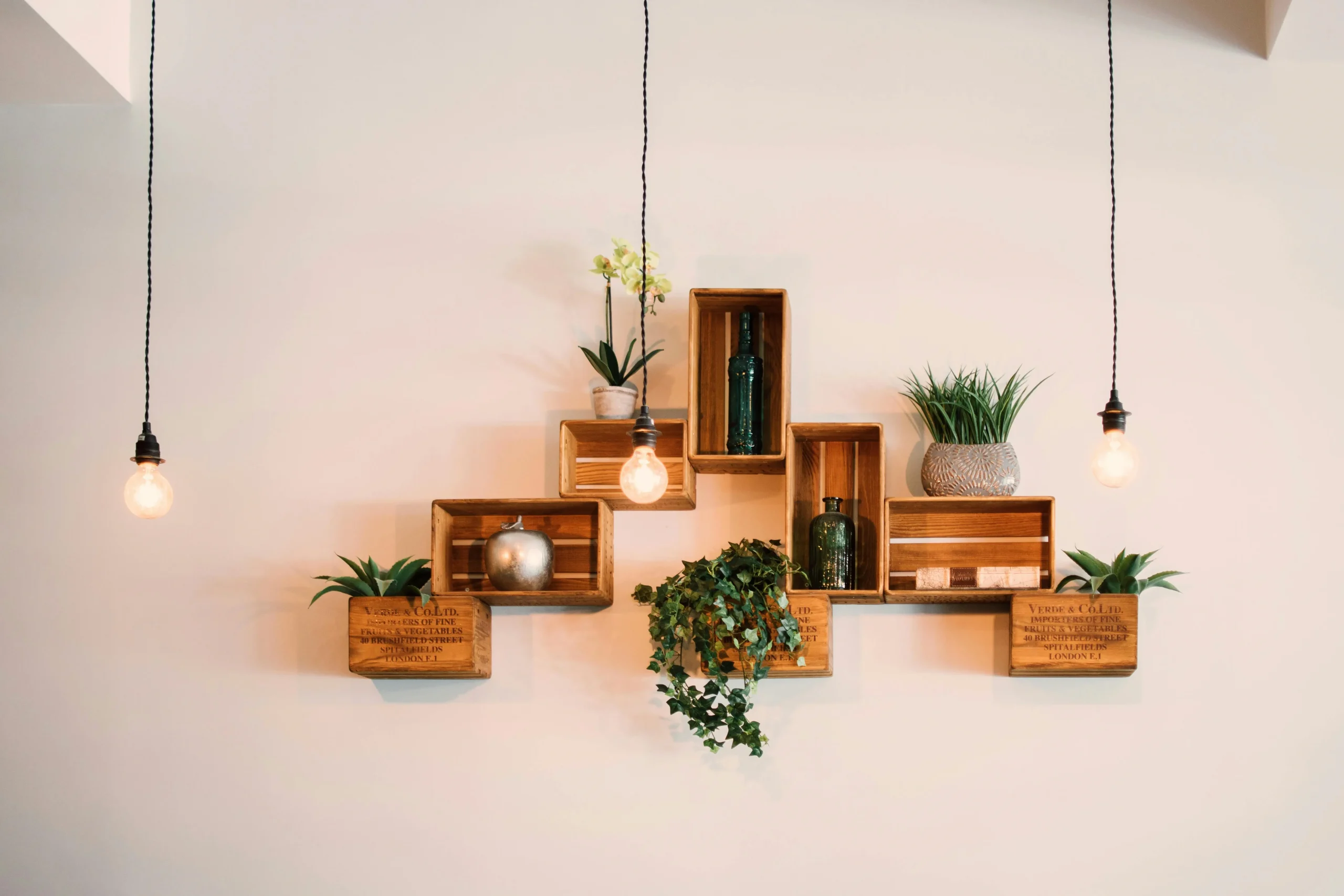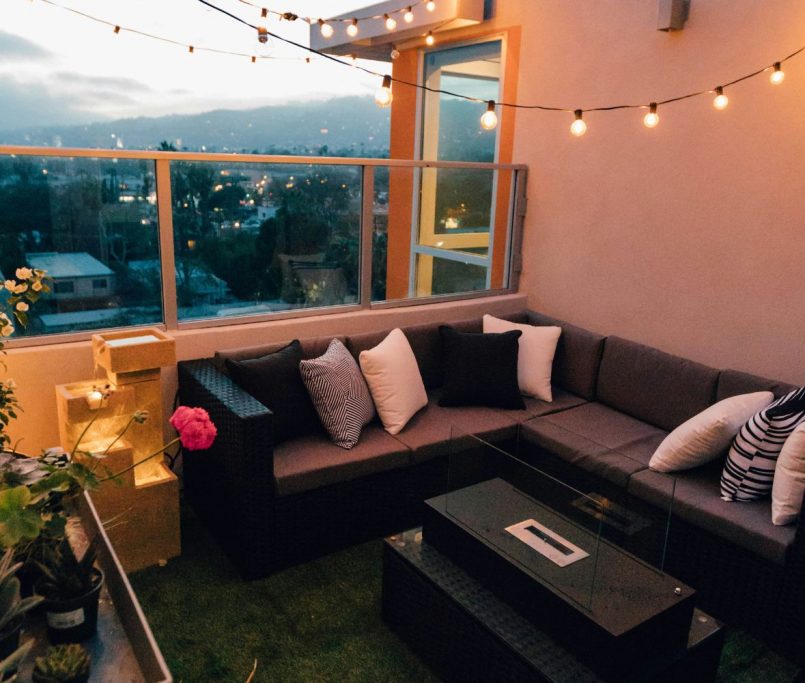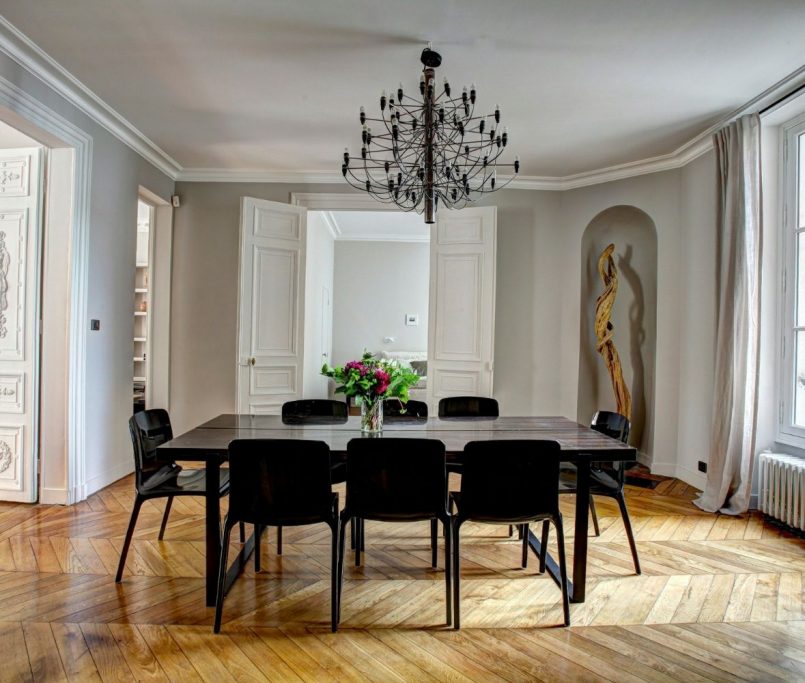Traditional vs. Contemporary: Blending Styles in Indian Homes
Blending traditional and contemporary styles in Indian homes has become a creative way to honor heritage while embracing modern design. Here are some ideas and considerations for striking that balance:
1. The Structure: Classic Base, Modern Edits
- Traditional Base: Many Indian homes have a structural framework inspired by classic Indian architecture—arches, jharokhas, wooden beams, and even courtyards. This traditional foundation creates an authentic Indian look that feels rooted.
- Contemporary Overlays: Adding elements like large, minimalistic glass windows, steel beams, or open-floor layouts within this structure can create a seamless, contemporary vibe without losing traditional charm.
2. Color Palette: Earthy Meets Subtle
- Traditional Colors: Earthy tones—ochre, deep reds, indigo, and greens—are often found in Indian homes, exuding warmth and richness.
- Contemporary Balance: Pair these colors with neutral shades like beige, ivory, and greys. Use traditional colors as accents in throw pillows, artwork, or rugs to add pops of warmth to an otherwise understated modern palette.
3. Furniture and Décor: Crafted, Yet Minimal
- Traditional Furniture: Choose classic Indian furniture pieces like carved wooden chairs, a charpai, or low-seating diwans. These pieces bring an artisanal touch rooted in Indian craftsmanship.
- Contemporary Twist: Opt for furniture with clean lines, and mix traditional wooden pieces with modern upholstery and fabric finishes. For instance, a sleek leather sofa could sit next to an antique coffee table.
4. Materials: Marble, Wood, and Brass with Glass and Steel
- Traditional Materials: Marble floors, wooden furniture, and brass or copper accents are prominent in Indian interiors.
- Contemporary Elements: Incorporate glass for transparency, steel or chrome for sleekness, and exposed concrete for an industrial edge. A marble tabletop with a minimalist steel base, for instance, combines the best of both styles.
5. Lighting: Layering the Look
- Traditional Lighting: Chandeliers, wall sconces, and brass lamps create ambient lighting and a cozy atmosphere.
- Modern Accents: Add recessed ceiling lights, LED strips, or statement pendant lights to add dimension. Place a classic chandelier in the dining room while using modern floor lamps in the living area for a balanced look.
6. Artwork and Accessories: Cultural Meets Contemporary
- Traditional Artwork: Indian art forms, like Madhubani paintings, Pichwai art, and sculptures, bring a cultural richness to any space.
- Modern Display: Arrange these pieces in minimalist frames or as a gallery wall with ample space around each. Incorporating contemporary artwork inspired by Indian themes can also add a unique edge to the decor.
7. Fabrics and Textiles: Rich Textures, Balanced Patterns
- Traditional Textiles: Fabrics like silk, brocade, and ikat lend an opulent, Indian look. Use them in throw pillows, curtains, or upholstery for a lush feel.
- Modern Minimalism: Balance the richness of traditional fabrics with solid or geometric patterns in neutral colors. This helps avoid overwhelming the space and allows the textures to shine without clashing.
8. Greenery: Courtyards and Indoor Gardens
- Traditional Courtyards: Courtyards are common in Indian homes, connecting the indoors with nature.
- Modern Green Corners: If space doesn’t allow a full courtyard, incorporate indoor plants like fiddle leaf figs, snake plants, or succulents that blend well with both styles. Vertical gardens or terrariums can also bring greenery into a contemporary setting.
Combining traditional and contemporary elements allows for a personalized approach that reflects both cultural richness and a fresh, modern outlook. This blend respects the heritage while making space for evolving design trends, giving Indian homes a timeless, lived-in beauty.



